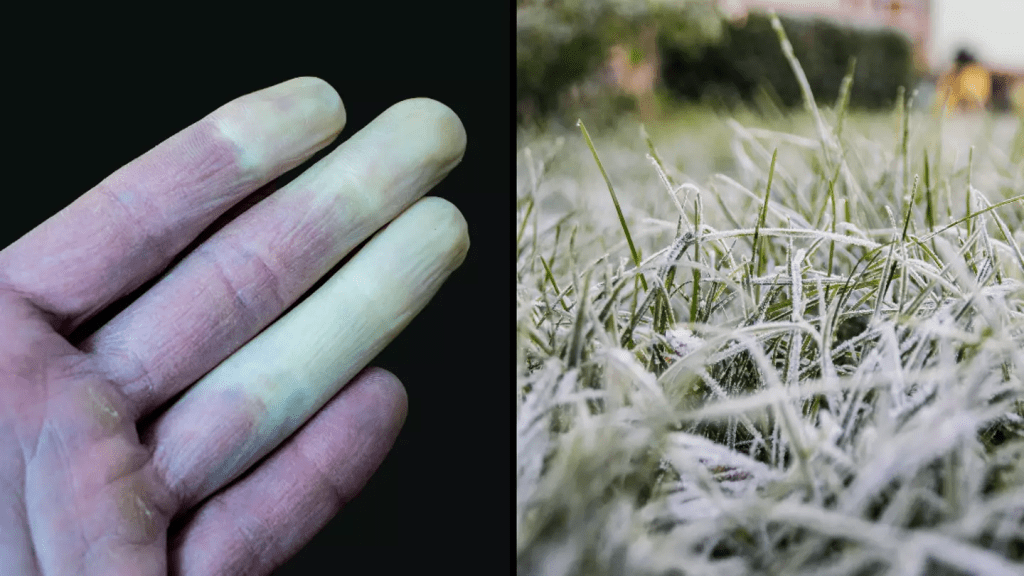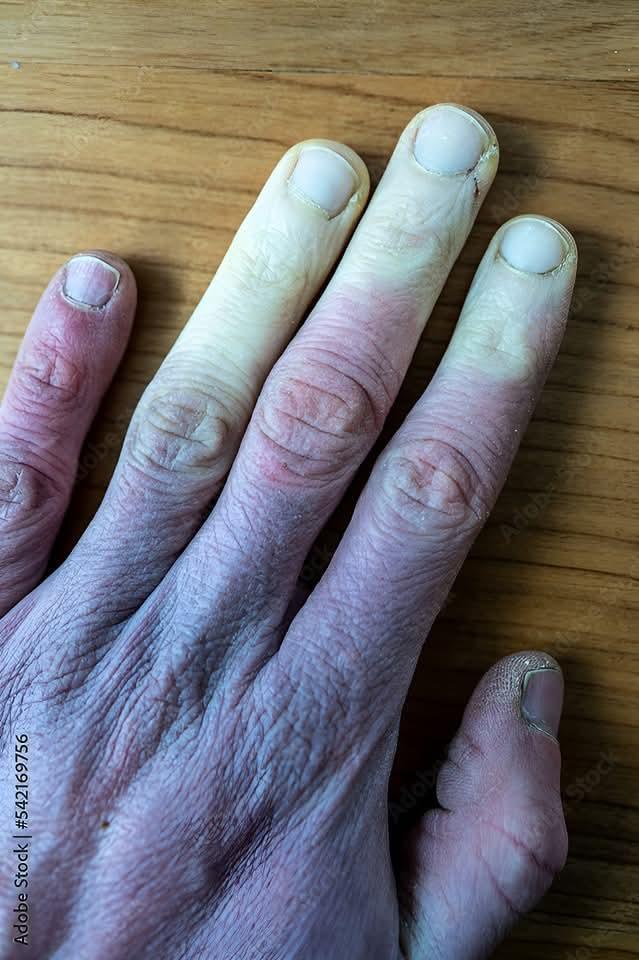ADVERTISEMENT
Have you ever noticed your fingers or toes turn pale, red, or even blue during the cold winter months? If so, you’re not alone. For millions of people, this seemingly strange reaction isn’t just a peculiarity—it’s a sign of a common condition called Raynaud’s disease or Raynaud’s phenomenon. While it’s often benign, understanding what causes this phenomenon can help you better manage it and know when to seek professional help.

What is Raynaud’s disease?
Raynaud’s disease is a condition that affects blood circulation, particularly in response to cold or stress. When the body is exposed to cold, it naturally seeks to conserve heat by reducing blood flow to extremities such as the fingers, toes, and even the ears. In people with Raynaud’s disease, this response becomes exaggerated, resulting in a near-complete cessation of blood flow to these areas.
ADVERTISEMENT
